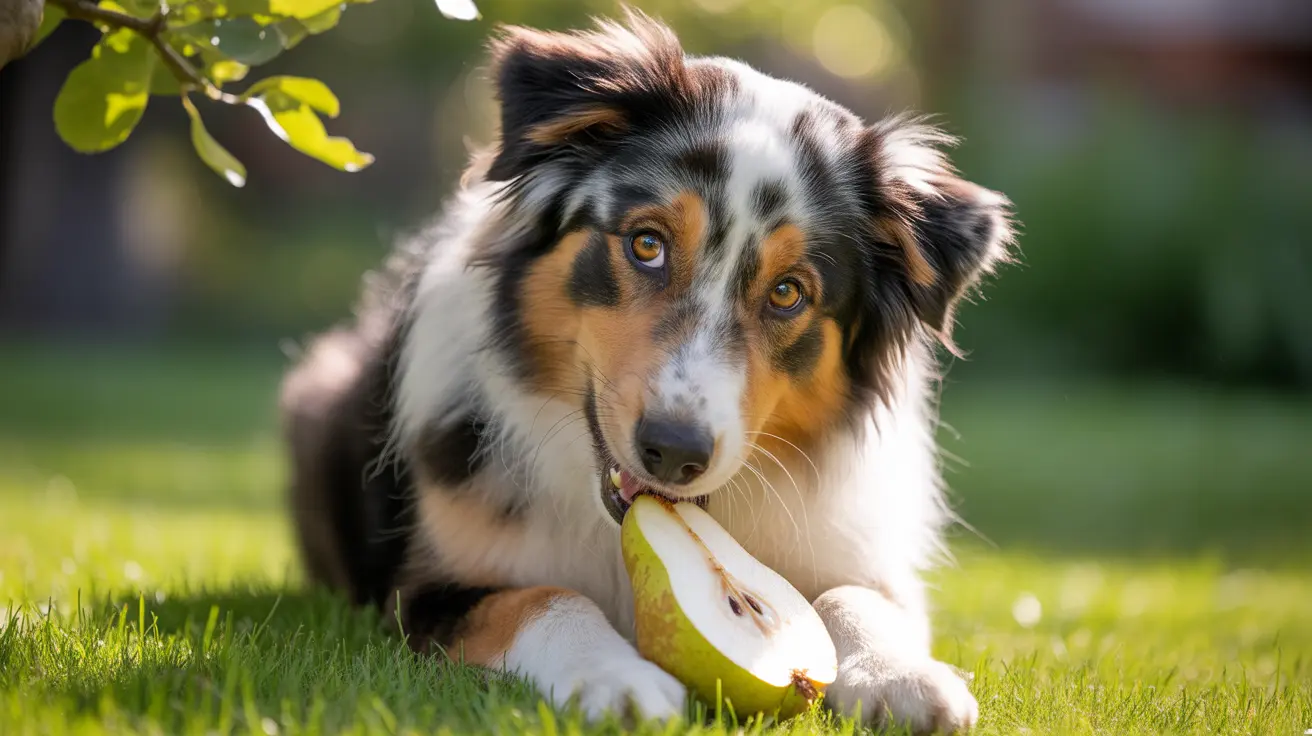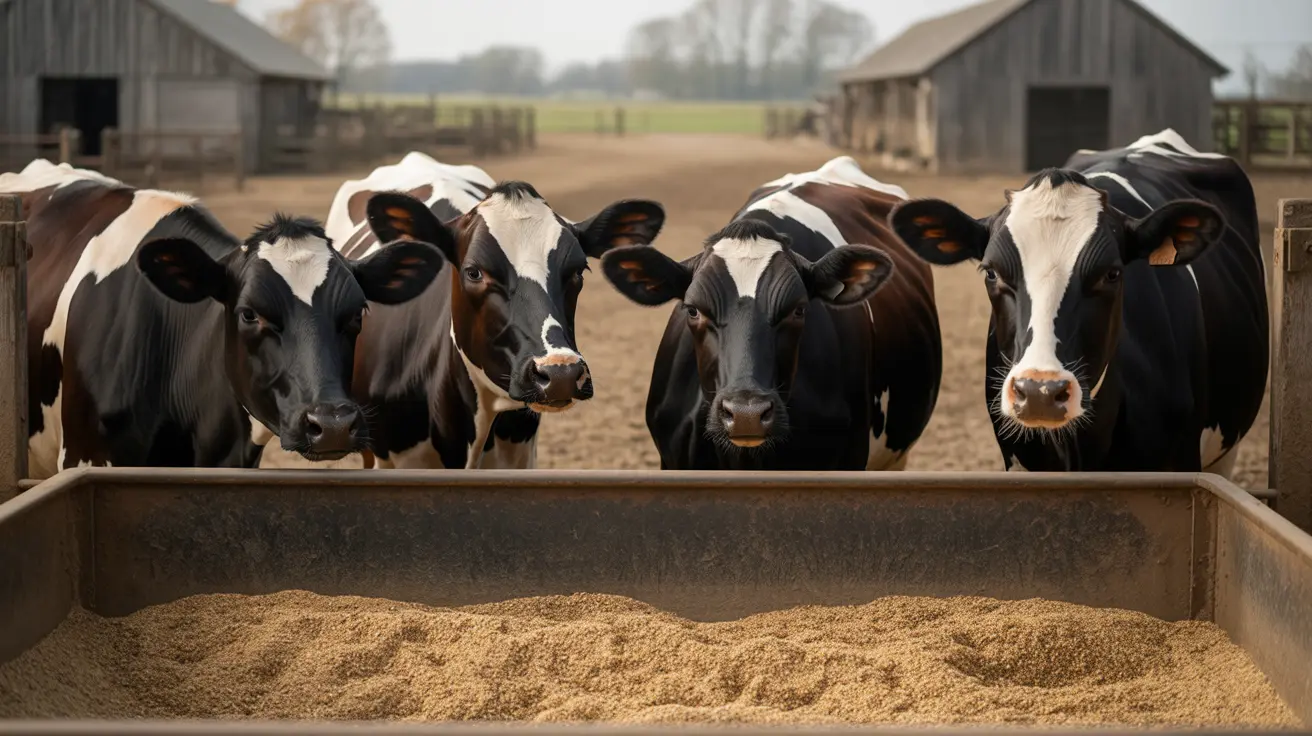Introduction
Understanding what kittens love to eat is crucial for their healthy development and growth. As natural carnivores with specific nutritional needs, kittens require a carefully balanced diet that not only satisfies their taste preferences but also supports their rapid development. While they might show interest in various foods, knowing which options are both appealing and nutritionally appropriate can help ensure your kitten grows into a healthy adult cat.
In this comprehensive guide, we'll explore the foods kittens naturally gravitate toward, essential nutritional requirements, and safe ways to introduce variety into their diet. We'll also address crucial feeding guidelines to help you make informed decisions about your kitten's nutrition.
Essential Nutritional Requirements for Growing Kittens
Kittens have specific dietary needs that differ significantly from adult cats. Their rapidly growing bodies require higher levels of protein, calories, and certain nutrients to support proper development.
Key nutritional elements include:
- High-quality animal protein for muscle development
- Essential fatty acids for brain and eye development
- Calcium and phosphorus for bone growth
- Vitamins and minerals for immune system support
Preferred Protein Sources for Kittens
Kittens instinctively prefer protein-rich foods that mirror their natural prey diet. Popular protein sources include:
- Chicken and turkey
- Fish (particularly salmon and whitefish)
- Premium commercial kitten formulas
- Lean beef
Safe Treats and Supplementary Foods
While the main diet should consist of specially formulated kitten food, occasional treats can be offered in moderation:
- Small pieces of cooked, unseasoned chicken
- Tiny portions of scrambled egg
- Commercial kitten treats (limited to 10% of daily calories)
- Bits of cooked fish (boneless)
Feeding Schedule and Portions
Establishing a proper feeding routine is essential for kittens:
- Ages 3-6 months: 4 meals daily
- Ages 6-12 months: 3 meals daily
- Over 12 months: 2 meals daily
Foods to Avoid
Certain foods can be harmful or toxic to kittens:
- Raw meat or fish
- Cow's milk
- Onions and garlic
- Chocolate
- Grapes and raisins
Transitioning to New Foods
When introducing new foods to your kitten:
- Mix new food with current food gradually
- Observe for any digestive issues
- Allow 7-10 days for complete transitions
- Maintain consistent feeding times
Frequently Asked Questions
What are the best types of food to include in my kitten's diet for healthy growth?
The best foods for kittens include high-quality commercial kitten formulas (both wet and dry), which contain the precise balance of proteins, fats, and nutrients needed for healthy growth. These should make up 90% of their diet, with occasional safe treats comprising the remaining 10%.
How often and how much should I feed my kitten each day?
Young kittens (3-6 months) need four small meals daily. From 6-12 months, reduce to three meals daily. The exact amount depends on your kitten's size and the food's caloric content - follow the feeding guidelines on your kitten food package and adjust based on growth and activity level.
Can I give my kitten human foods like cooked meat or scrambled eggs as treats?
Yes, you can offer small amounts of plain cooked chicken, turkey, or scrambled eggs as occasional treats. These should be unseasoned and comprise no more than 10% of their daily caloric intake. Always introduce new foods gradually and watch for any adverse reactions.
Which foods are toxic or unsafe for kittens that I should avoid?
Avoid raw meat, fish, or eggs; chocolate; onions; garlic; grapes; raisins; and cow's milk. These items can cause various health issues ranging from digestive problems to serious toxicity. Also avoid any foods with artificial sweeteners or excessive salt.
How can I introduce new flavors or foods to my kitten without causing digestive upset?
Introduce new foods gradually by mixing small amounts with their regular food over 7-10 days. Start with 25% new food and 75% current food, gradually increasing the proportion of new food. Watch for signs of digestive issues and adjust the transition pace accordingly.
Conclusion
Understanding and catering to your kitten's food preferences while maintaining proper nutrition is key to raising a healthy cat. By following these guidelines and paying attention to your kitten's individual needs, you can ensure they receive both the nutrition they need and the flavors they enjoy.






